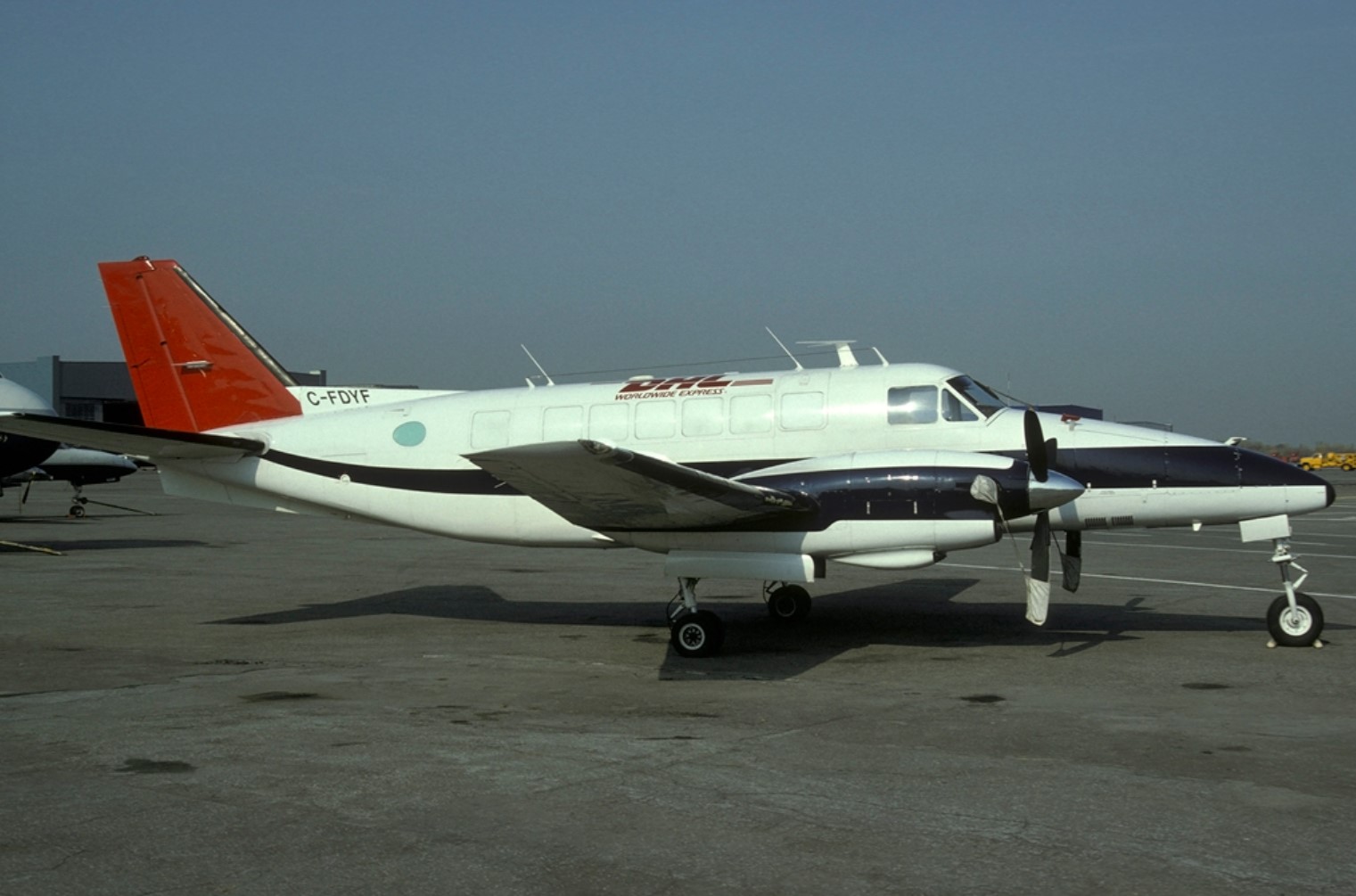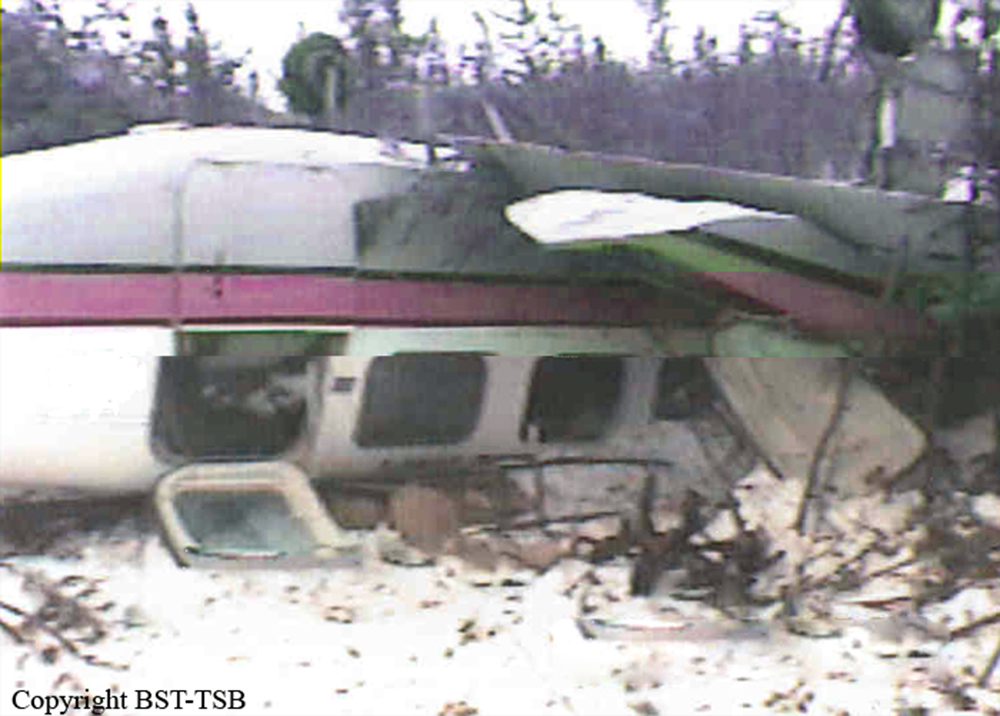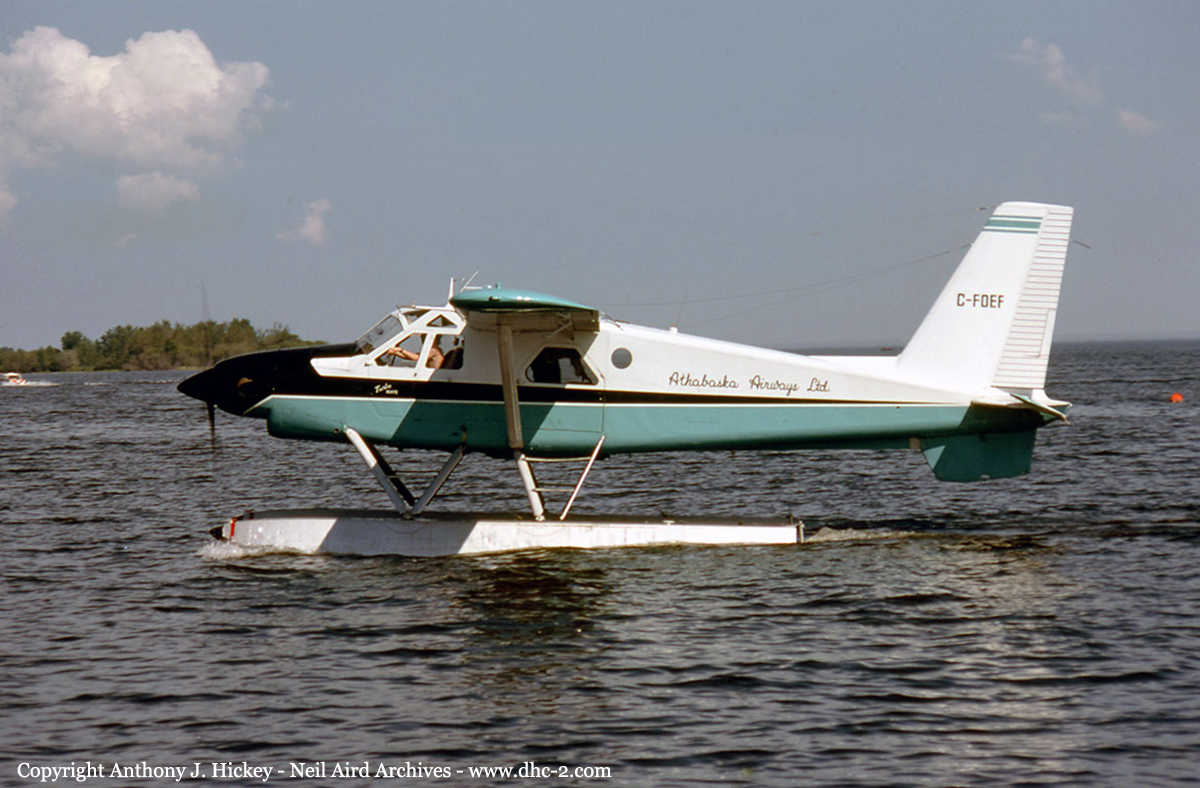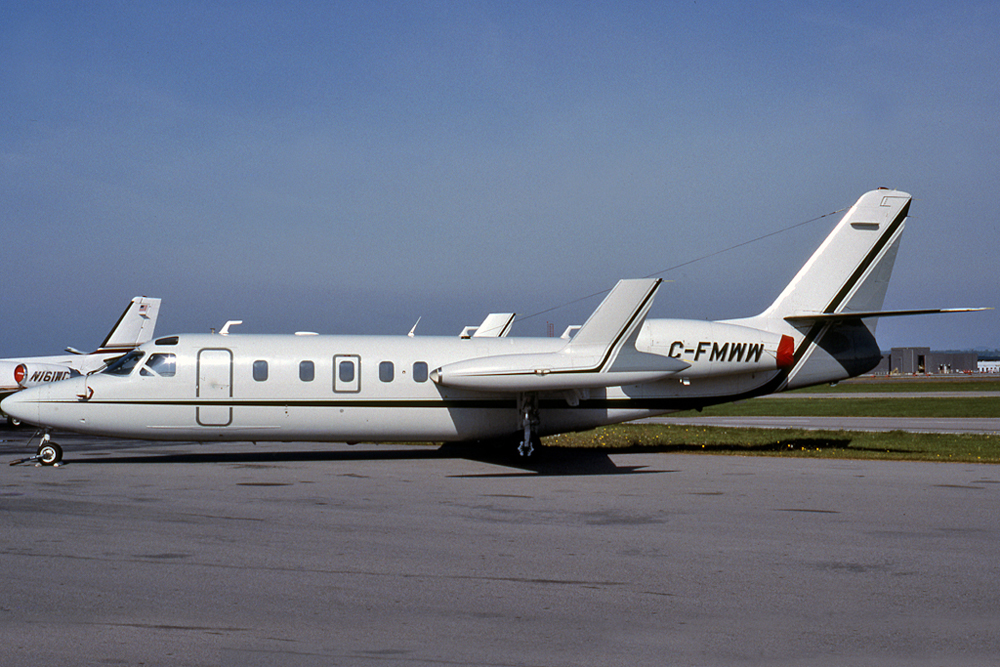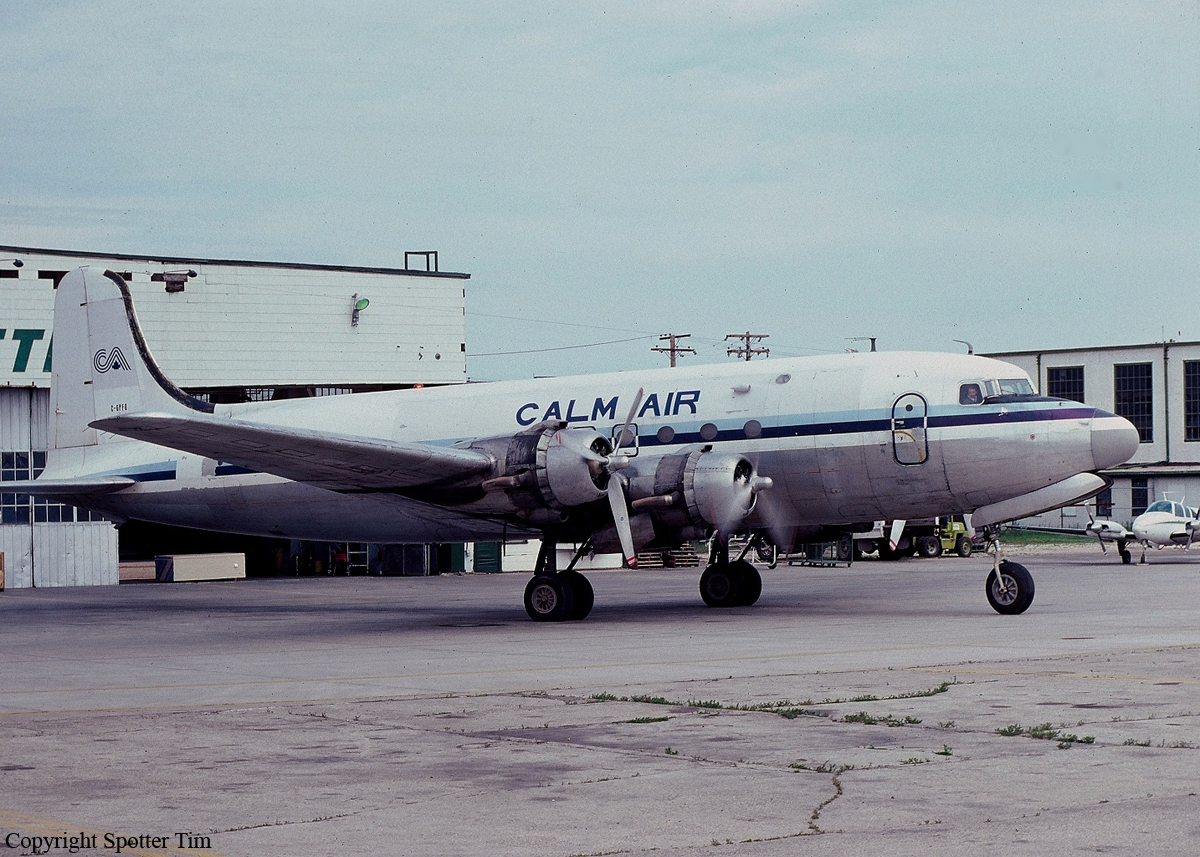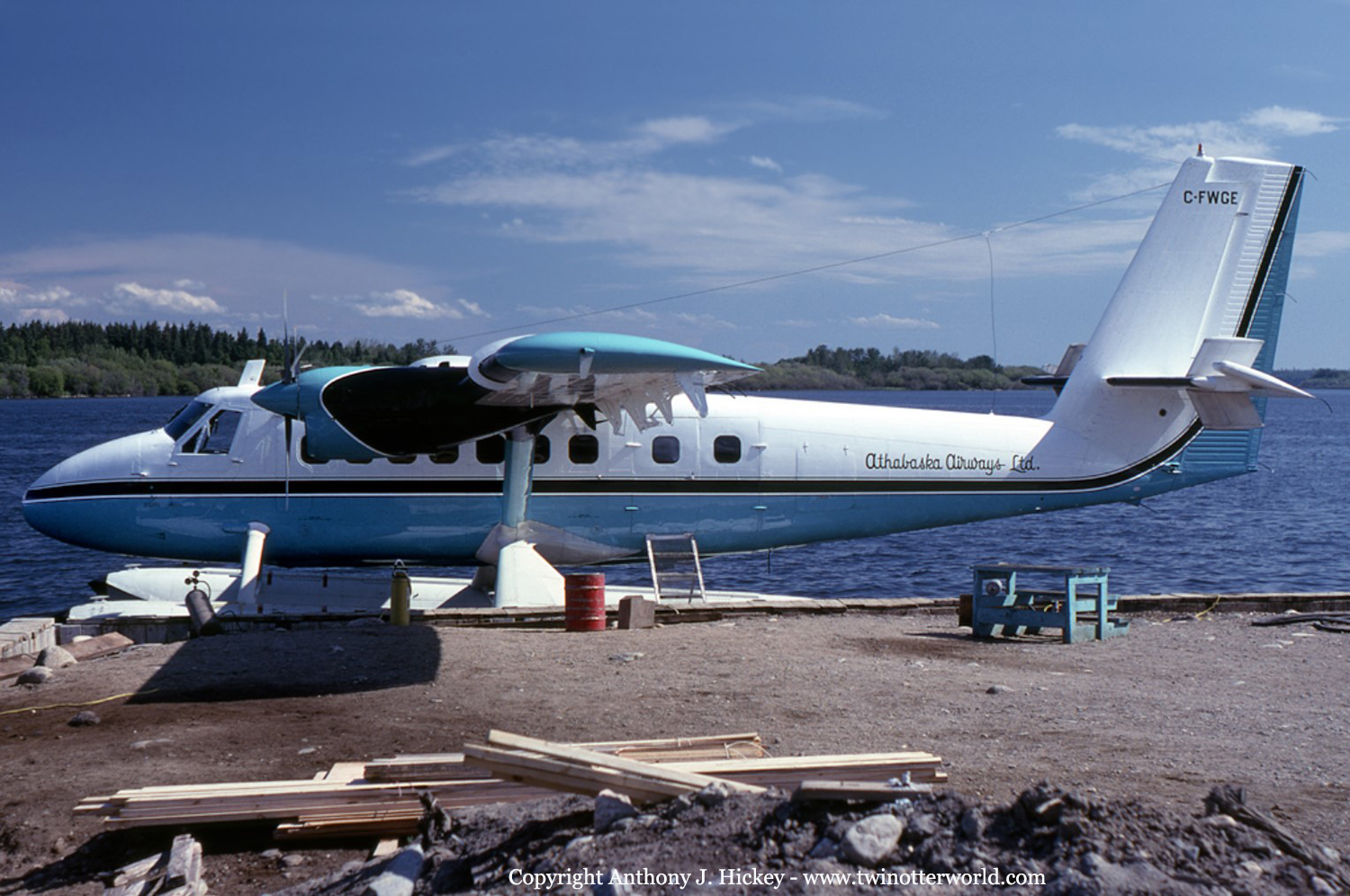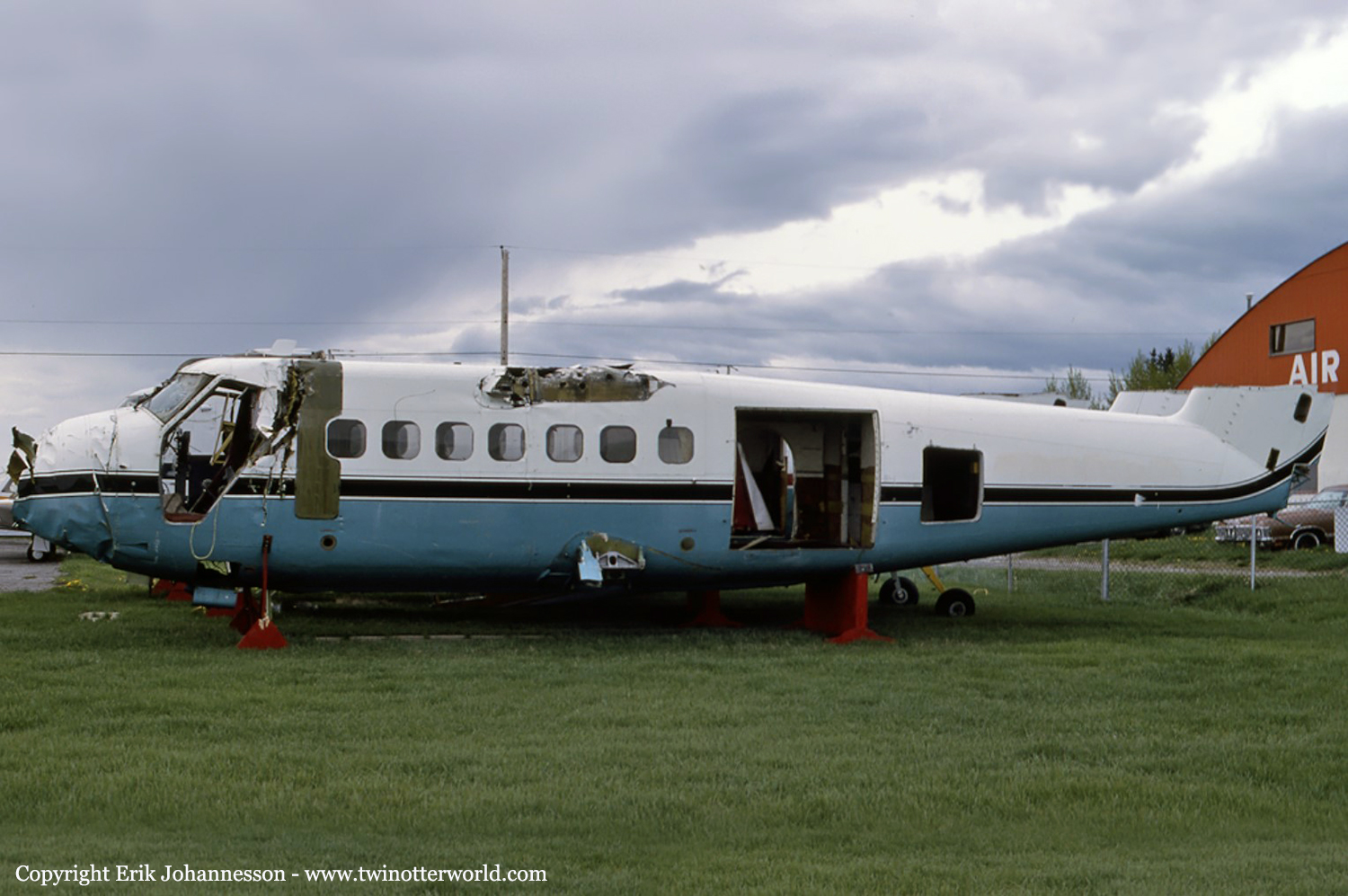Crash of a De Havilland DHC-2 Beaver in Sully Lake: 1 killed
Date & Time:
Aug 2, 2003 at 1700 LT
Registration:
C-GUXW
Survivors:
Yes
Schedule:
Pelican Narrows - Sully Lake
MSN:
611
YOM:
1954
Crew on board:
1
Crew fatalities:
Pax on board:
2
Pax fatalities:
Other fatalities:
Total fatalities:
1
Circumstances:
The single engine aircraft departed Pelican Narrows with two passengers and one pilot on board. While approaching Sully Lake, the engine lost power. The aircraft lost height and crashed in Sully Lake. Both passengers exited the cabin and were seriously injured while the pilot was killed. They spent a night on the shore and were rescued and evacuated to hospital a day later.
Probable cause:
A cracked cylinder resulted in a loss of engine power and the pilot attempted a force landing on a small lake. The altitude at which the event began may have given the pilot very little time to successfully complete a forced landing.


